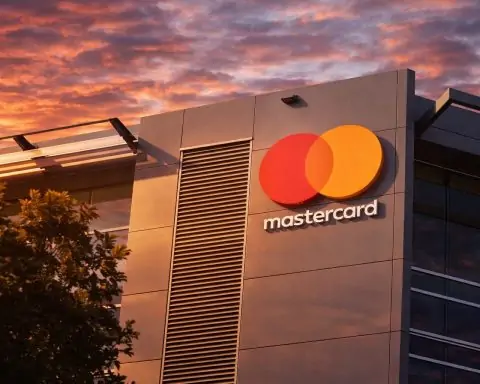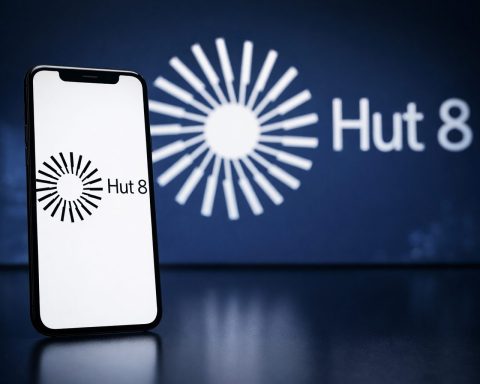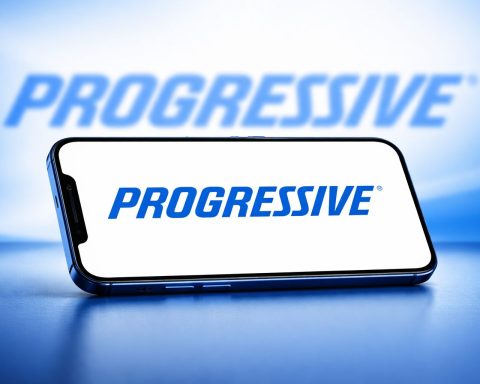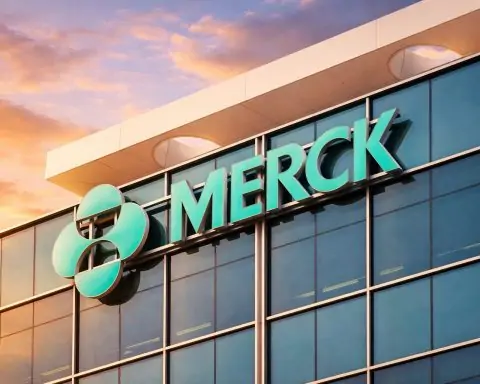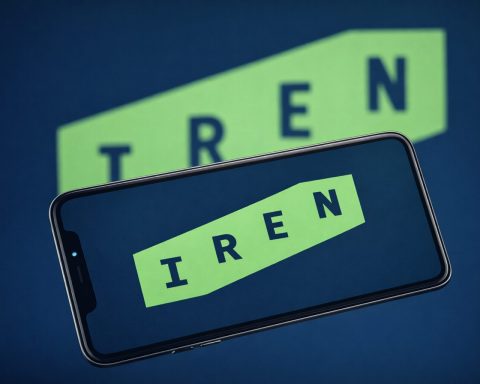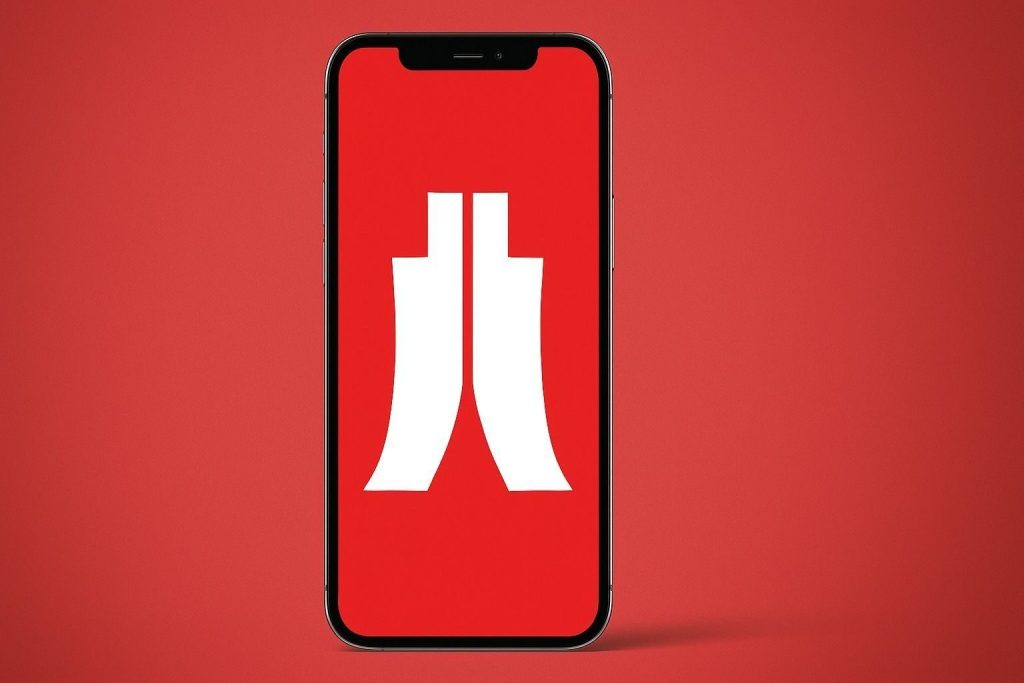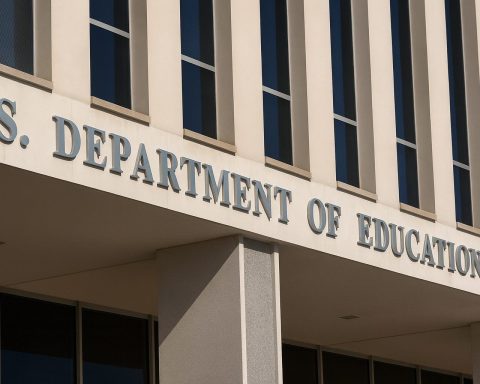Washington, D.C. – November 27, 2025 — After months of pauses, lawsuits and policy whiplash, student loan forgiveness is officially moving again in the United States. The U.S. Department of Education has resumed processing income‑driven repayment (IDR) and Public Service Loan Forgiveness (PSLF) discharges, while the White House touts a new agreement it says will fast‑track relief for millions of borrowers. At the same time, President Donald Trump’s “One Big Beautiful Bill Act” (OBBBA) is reshaping repayment plans, loan limits and who can borrow what for graduate school. [1]
Here’s a detailed look at what’s changed as of November 27, 2025, who stands to benefit, and what deadlines borrowers should now have on their radar.
1. Student loan forgiveness processing resumes after a high‑stakes pause
On November 20, many long‑term borrowers in income‑driven repayment plans began receiving messages from the Education Department and their loan servicers that their loans had finally been approved for discharge. [2]
According to a news report summarizing the department’s actions, the Education Department has restarted processing student loan forgiveness for borrowers in IDR plans after a temporary halt tied to a government shutdown and earlier litigation over the now‑illegal SAVE plan. [3]
IDR plans currently in play include:
- Income‑Based Repayment (IBR)
- Income‑Contingent Repayment (ICR)
- Pay As You Earn (PAYE)
- Saving on a Valuable Education (SAVE) – still frozen for forgiveness by court order
Under these plans, borrowers can qualify for cancellation after roughly 20 or 25 years of qualifying payments, depending on when they borrowed and which plan they’re in. [4]
Servicer MOHELA confirms it has resumed processing IBR, PAYE and ICR applications, and that borrowers stuck in the SAVE administrative forbearance can switch into another IDR plan if they want to resume progress toward forgiveness. [5]
2. The AFT settlement: why forgiveness is “back” and what changed
The restart is not happening in a vacuum. It is driven by a court‑supervised settlement between the Education Department and the American Federation of Teachers (AFT), reached on October 17, 2025, after the union sued over stalled forgiveness under IDR and PSLF. [6]
According to detailed analyses of the settlement: [7]
- ED must resume paused forgiveness for long‑term borrowers under IBR and continue processing discharges under ICR, PAYE and PSLF Buyback.
- The department has to file six months of public status reports tracking backlogs in IDR and PSLF discharges.
- Officials acknowledged they had paused some IBR cancellations for system updates and had stopped granting forgiveness under ICR and PAYE after claiming a SAVE‑related injunction blocked those programs — a reading AFT disputed. [8]
- The settlement confirms that IBR forgiveness is legally authorized by Congress, even while SAVE remains under an injunction. [9]
In short, the agreement forces the department to turn the IDR and PSLF forgiveness machinery back on — and to prove, month by month, that it’s actually doing it.
3. White House says it is “fast‑tracking” student debt relief
The settlement is also the basis for a widely shared Moneywise/Yahoo Finance report that the White House is “fast‑tracking student debt relief for millions of American borrowers.” [10]
According to that coverage and summaries from the National Association of Student Financial Aid Administrators (NASFAA): [11]
- The Trump administration has reached a new agreement with AFT that could unlock long‑delayed relief for millions of borrowers whose forgiveness was stuck in limbo.
- The administration is promoting the deal as a way to speed up cancellations under IDR and PSLF.
- At the same time, financial‑aid experts warn that staff shortages and prior layoffs at the Education Department could still slow how quickly applications are reviewed and processed. [12]
- Borrowers who keep making payments while their forgiveness applications are under review are expected to receive those payments back if their discharges are ultimately approved — but they’re being urged to keep meticulous records of payments and correspondence. [13]
The message from Washington is that relief is coming — but the process may still be bumpy, and borrowers will need to stay on top of their accounts.
4. A crucial tax twist: why 2025 is such an important year
The timing of this restart is not accidental. Under the American Rescue Plan Act of 2021, most forms of federal student loan forgiveness are federally tax‑free through December 31, 2025. After that, many types of cancellation — particularly long‑term IDR discharges — are scheduled to become taxable again unless Congress extends the exemption. [14]
The AFT settlement tries to protect borrowers who should have been forgiven in 2025 but were delayed by the government’s own pauses:
- The Education Department agreed that for IDR borrowers, the “eligibility date” (when they hit the 20‑ or 25‑year mark) will be treated as the effective date of discharge for federal tax purposes, even if the actual cancellation doesn’t show up until 2026.
- ED also agreed it will not issue IRS Form 1099‑C for borrowers who become eligible in 2025, so long as conditions in IRS guidance are met — though the IRS ultimately decides how to treat the income. [15]
There’s an important catch: borrowers in the SAVE plan who want that tax protection generally need to switch into IBR, ICR or PAYE by December 31, 2025, according to the settlement summary. [16]
For everyone else, policy analysts are warning that forgiveness in 2026 and beyond could carry tax bills, particularly for IDR borrowers not using PSLF or other tax‑exempt programs. [17]
5. Trump’s “One Big Beautiful Bill Act” is reshaping repayment
Layered on top of the legal drama is a sweeping policy overhaul from Trump’s One Big Beautiful Bill Act (OBBBA), signed into law on July 4, 2025. [18]
Key structural changes include: [19]
- Creation of a new Repayment Assistance Plan (RAP), an income‑based plan that will be the default IDR option for new loans issued on or after July 1, 2026. RAP payments will generally range from about 1% to 10% of adjusted gross income and can last up to 30 years.
- Gradual phase‑out of existing IDR plans — PAYE, ICR and SAVE — by July 1, 2028, leaving RAP and a revised IBR as the main options, depending on when a borrower first took out loans.
- New borrowing caps for graduate and parent borrowers, including the eventual elimination of Grad PLUS loans for new borrowers and hard caps on Parent PLUS loans. [20]
This means today’s forgiveness news is happening in a system that is about to look very different for future students.
6. IBR changes coming in December: more people can get in
One of the most immediate changes under OBBBA involves who can enroll in the Income‑Based Repayment plan.
In updated federal guidance and multiple news reports: [21]
- The “partial financial hardship” requirement for IBR has been removed as of July 4, 2025. Previously, borrowers had to prove that their income‑based payment would be less than what they’d pay on a 10‑year standard plan.
- The Department of Education has told Axios and other outlets it is on track to finish system changes in December 2025, allowing more borrowers — including some with higher incomes — to enroll in IBR. [22]
- In the meantime, servicers are holding IBR applications that would otherwise be denied for lack of partial financial hardship, and plan to process them once the update is live. [23]
Reporting by Business Insider and Axios notes that the change also opens IBR to some borrowers with loan types that were previously difficult or impossible to include, including certain Parent PLUS borrowers who consolidate and enroll via ICR before switching. [24]
For borrowers, the practical impact is that IBR — which still offers forgiveness after 20 or 25 years — is becoming the main “legal” income‑driven pathway in a landscape where SAVE is enjoined and other plans are being sunset. [25]
7. Winners and losers among graduate programs — nursing in the spotlight
OBBBA doesn’t just touch repayment plans; it also rewrites who counts as a “professional student” for loan‑limit purposes — a change with major consequences for graduate and professional programs.
Under new rules described in federal‑aid explainers and recent news coverage: [26]
- Beginning July 1, 2026, annual federal loan limits will generally be:
- $50,000 per year (up to $200,000 total) for recognized professional degree programs (law, medicine, pharmacy, dentistry, etc.).
- $20,500 per year (around $100,000 total) for other graduate programs.
- Grad PLUS loans will be closed to new borrowers after July 1, 2026, and Parent PLUS loans will be capped at $20,000 per year and $65,000 total per dependent for new borrowing. [27]
Crucially, nursing is not being treated as a professional degree under these rules. Reporting from U.S. outlets and Australian nursing media notes that nursing is excluded from the list of professional programs – like medicine, law and pharmacy – that retain the higher borrowing caps. [28]
Nursing and education leaders warn the changes could: [29]
- Make it significantly harder for future nursing students to finance master’s and doctoral programs.
- Intensify existing nursing shortages by limiting access to advanced training.
- Push more students toward private loans or other financing options with higher costs.
The Education Department says it is simply applying a decades‑old statutory list of professional degrees and has not removed nursing from that list — because it was never formally on it — but critics argue that the combination of new caps and the elimination of Grad PLUS and broader Parent PLUS access still amounts to a major policy choice. [30]
8. Key dates borrowers should mark on their calendars
Putting everything together, these are the big deadlines and milestones now shaping student loan forgiveness and repayment:
- Now – early 2026: Education Department is actively processing IDR and PSLF forgiveness again under the AFT settlement, with status reports due over the next six months. [31]
- December 2025: System updates for IBR eligibility are expected to be completed, allowing borrowers without prior “partial financial hardship” to enroll — including some higher‑income borrowers and those shifted from other plans. [32]
- December 31, 2025:
- July 1, 2026:
- RAP (Repayment Assistance Plan) becomes available for new loans.
- New loan caps for Parent PLUS and graduate/professional borrowers take effect; Grad PLUS loans close to new borrowers. [35]
- By July 1, 2028:
- Older IDR plans PAYE, ICR and SAVE are fully phased out for most borrowers; RAP and updated IBR remain as the primary income‑driven options. [36]
9. What today’s developments mean for borrowers right now
While every borrower’s situation is different, today’s news points to a few broad takeaways.
If you’ve been in an IDR plan for 20–25 years
- Check your servicer account and inbox regularly. Borrowers in IBR, ICR and PAYE who have hit the required number of years are now seeing forgiveness decisions again. [37]
- If you receive a notice that your loans are slated for cancellation, you may be given a window to opt out — for example, if you’re worried about state income taxes. Read every notice carefully. [38]
- If your eligibility date is in 2025 but your discharge doesn’t arrive until 2026, the AFT settlement says the department will treat you as if you were discharged in 2025 for federal tax purposes, subject to IRS rules. [39]
If you’re on SAVE and hoping for IDR forgiveness
- SAVE is still tangled in litigation and cannot currently grant forgiveness, and interest is resuming on those loans per a July 9, 2025 Education Department press release. [40]
- You can switch to IBR (or in some cases PAYE or ICR) to start or continue making qualifying payments, but you should compare payments and long‑term costs before changing. [41]
- If you expect to reach forgiveness in 2025 and want to avoid potential 2026 tax issues, the settlement gives a strong incentive to move into IBR/ICR/PAYE before year‑end, if you’re eligible. [42]
If you’re still repaying and nowhere near forgiveness
- OBBBA’s changes mean future borrowers will face a different menu of plans and stricter borrowing caps, especially at the graduate level. If you plan to enroll in grad school after July 1, 2026, pay close attention to how your program is classified (professional vs. non‑professional) and what federal aid it will still offer. [43]
- For existing loans, expect a gradual migration toward RAP and updated IBR over the next few years, while PSLF is expected to remain in place and count RAP payments toward forgiveness once the new rules take effect. [44]
10. Quick FAQ: Student loan forgiveness in late 2025
Is student loan forgiveness “back” for everyone?
No. Forgiveness has resumed for borrowers in qualifying IDR plans and PSLF who have met their time requirements. SAVE‑plan forgiveness remains blocked by court order, and broad, one‑time cancellation like the Biden‑era proposals is not on the table. [45]
Will my forgiven loans be taxed?
- At the federal level, most federal student loan forgiveness is tax‑free through December 31, 2025.
- Unless Congress acts, many forms of forgiveness (including non‑PSLF IDR discharges) will likely become taxable again for cancellations on or after January 1, 2026. [46]
- The AFT settlement provides extra protection for IDR borrowers who become eligible in 2025, even if the discharge posts in 2026, but it does not control how states treat that income. [47]
Borrowers with large potential discharges should speak to a qualified tax professional about both federal and state implications.
Are higher‑income borrowers really going to benefit now?
Yes, at least in terms of access to IBR. Removing the partial financial hardship test and expanding eligibility opens the door for borrowers whose incomes were previously “too high” to qualify for IBR, including some who are being forced out of other IDR options. [48]
Their monthly payments may still be substantial, but the ability to cap payments based on income and maintain a path to 20‑ or 25‑year forgiveness is a meaningful change.
What about future students — is graduate school going to be harder to finance?
Probably, especially for fields like nursing and other non‑“professional degree” programs that will soon have lower federal borrowing caps and no access to new Grad PLUS loans. [49]
Professional programs such as medicine, law and dentistry retain higher caps, while all borrowers will face a simplified but narrower set of repayment options (Standard or RAP) on new loans after July 1, 2026. [50]
For now, the big picture is that student loan forgiveness is once again being processed, but under a very different legal and policy environment than just a few years ago. Borrowers who are close to forgiveness — or who expect to qualify in the next year — should pay particular attention to the 2025 tax deadline, the shift into IBR, and any communications from their servicers as the Education Department works through years of backlogs.
References
1. www.el-balad.com, 2. www.el-balad.com, 3. www.el-balad.com, 4. mohela.studentaid.gov, 5. mohela.studentaid.gov, 6. studentloansherpa.com, 7. www.studentloanplanner.com, 8. www.studentloanplanner.com, 9. www.studentloanplanner.com, 10. finance.yahoo.com, 11. www.nasfaa.org, 12. www.nasfaa.org, 13. www.nasfaa.org, 14. www.edvisors.com, 15. www.studentloanplanner.com, 16. www.studentloanplanner.com, 17. www.edvisors.com, 18. www.ed.gov, 19. www.ed.gov, 20. www.edvisors.com, 21. studentloansherpa.com, 22. www.axios.com, 23. www.axios.com, 24. www.axios.com, 25. www.ed.gov, 26. www.edvisors.com, 27. www.edvisors.com, 28. mynbc15.com, 29. thelamp.com.au, 30. mynbc15.com, 31. www.el-balad.com, 32. www.axios.com, 33. www.edvisors.com, 34. www.studentloanplanner.com, 35. www.ed.gov, 36. www.edvisors.com, 37. www.el-balad.com, 38. www.el-balad.com, 39. www.studentloanplanner.com, 40. www.ed.gov, 41. mohela.studentaid.gov, 42. www.studentloanplanner.com, 43. www.edvisors.com, 44. www.edvisors.com, 45. www.studentloanplanner.com, 46. www.edvisors.com, 47. www.studentloanplanner.com, 48. www.axios.com, 49. thelamp.com.au, 50. www.edvisors.com

